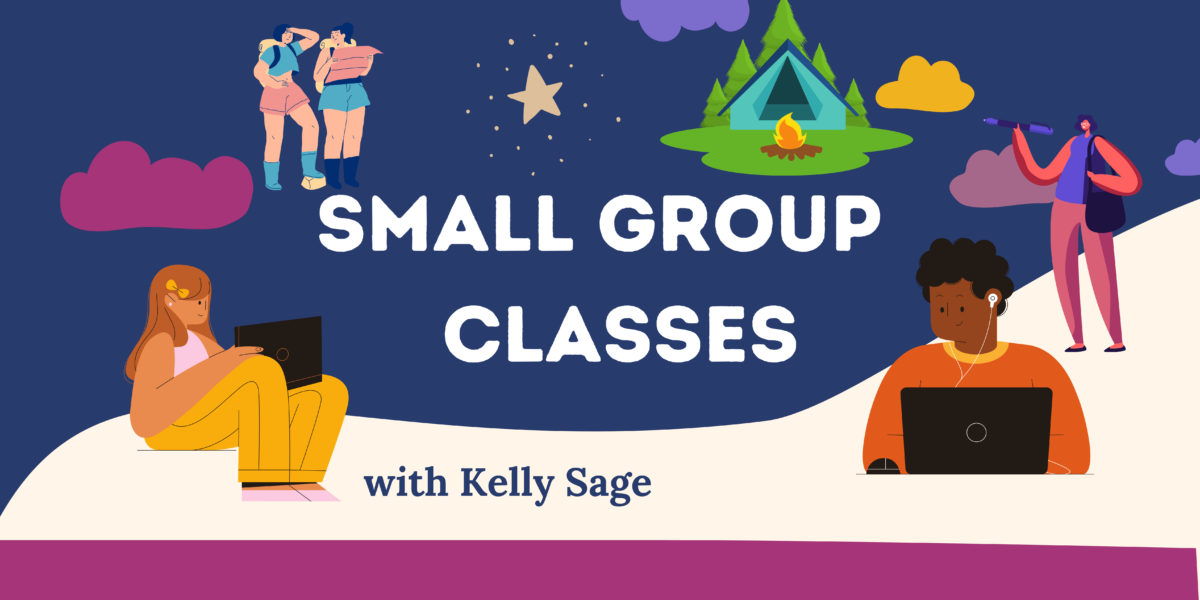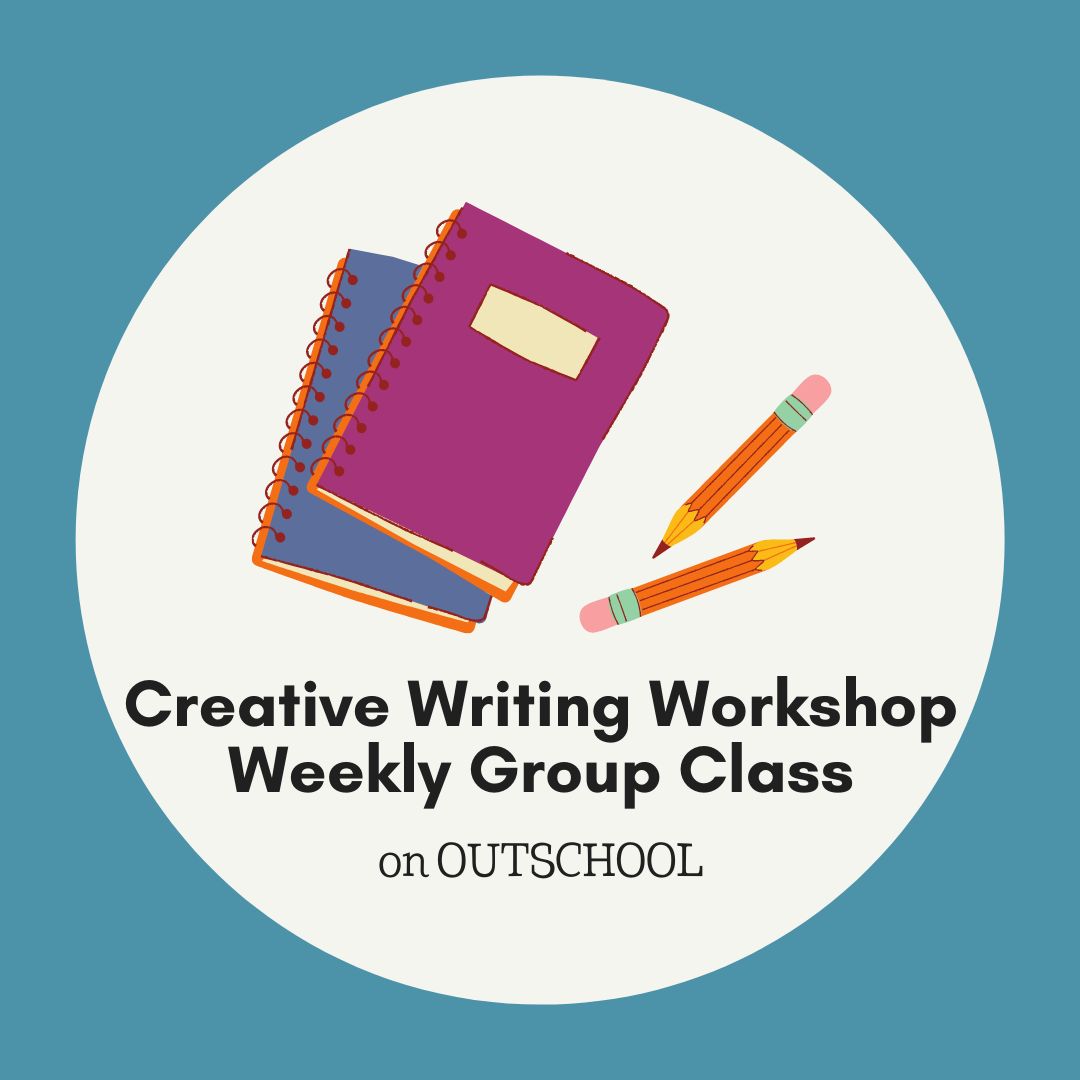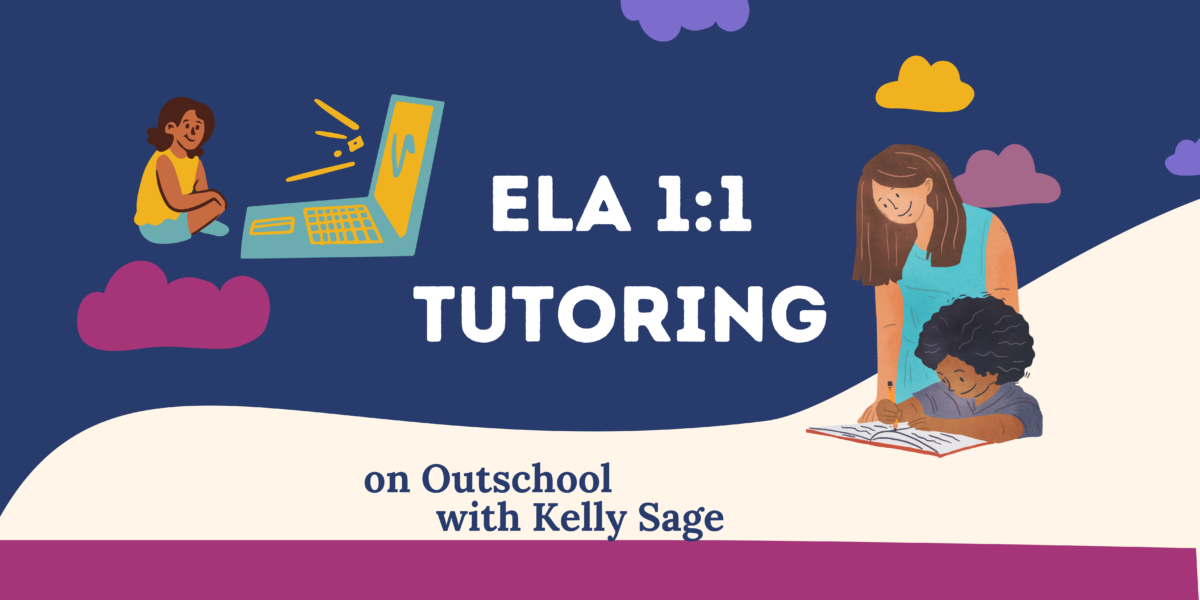Do you remember learning how to spell? I have vague memories of spelling lists and spelling bees. We’d line up against the chalkboard and, one by one, find our way back to our seats. I was usually the first in the class to sit down. Like math, I believed you were either good at spelling or not. Truth- I didn’t know there were spelling rules until I was an adult, and I never paid attention to the sounds letters made until I was teaching. Whole language replaced phonics during the years I learned to read and write, and while I can see the logic behind teaching this way, I wonder if spelling might have been easier for me had I had a blend of both.
Disclosure- Links in this post may be affiliate links. If you click through and make a purchase, I earn a commission at no additional cost to you. Unless noted, if I am reviewing a product, I have been compensated for my time. I write honest reviews. They are not required to be positive. I only recommend the resources we love and use.

Disclosure- Links in this post may be affiliate links. If you click through and make a purchase, I earn a commission at no additional cost to you. Unless noted, if I am reviewing a product, I have been compensated for my time. I write honest reviews. They are not required to be positive. I only recommend the resources we love and use.
We use both phonics and whole language in our home. This year, my children are using a spelling program similar to the one I once used in the classroom. I appreciate how All About Spelling creates a foundation and uses each lesson to build, slowly, upon what the child already knows. There is a sequence and repetition, and both of my children can quickly apply what they are learning. They’re not doing what I once did- trying to memorize a list of words for Friday’s test and forgetting them by Monday.
But what about all the words that don’t follow a pattern or rule? What about the words our program doesn’t teach until book four or five? The words I get asked to spell, sometimes daily. The words my children use and write often.
As a believer in autonomy and learning by doing, I found a tool, both in my classroom and at home, to help children learn and practice the words they use most often.
Help Kids Spell the Words They Most Commonly misspell ~ Create a Word Wall

The character names in a story my daughter is writing, the word WRITE (which always wants to be spelled WRIGHT) SAID (who likes to be spelled SED), and a few contractions that are confusing- our current word wall.
A word wall is exactly what it sounds like: a wall covered in words.
Created somewhere children are writing, it’s a quick reference.
What Words Go on the Wall?
The words your child needs!
Pay attention to the words your children ask how to spell or often misspell. These are the words that go on a word wall. Too many words, like every word they’ve ever learned or lists of commonly misspelled, is too much.
A Word Wall works best when it lists a child’s commonly misspelled words.
Keep it Alive!
It’s helpful to regularly add to a Word Wall and take words children no longer need help spelling away.
Think of a Word Wall as a living-learning tool; it’s not something to create at the beginning of the year and forget.
To be used well, it must be tended to, referenced, and used.
Think Outside the Wall
A Word Wall doesn’t have to be on a wall! Students can create a list inside their journal or a document on the computer. They can have multiple lists (for specific subjects), put a list inside their binders, or make a Word Wall bookmark.
Create the tool your student needs and will use.
It doesn’t have to be pretty!
Search Pinterest and you’ll find all sorts of beautiful ways to create a Word Wall. Our Word Walls are always changing. If I spent time and money creating something beautiful, by the time I was done, we’d need a new list. As long as your kids can read the words and see the words, you’re good!
There are many ways to teach spelling, and regardless of what we use or how our children learn, our goal is for them to find success. We want our children to be able to communicate on the page.
A Word Wall supports any and all programs and teachings. It’s another way we can offer our children support and encouragement, and it’s a strategy that meets them where they are to help them become independent readers and writers.

























Pingback: Choosing a Homeschool Curriculum for 4th, 5th, and 6th Graders